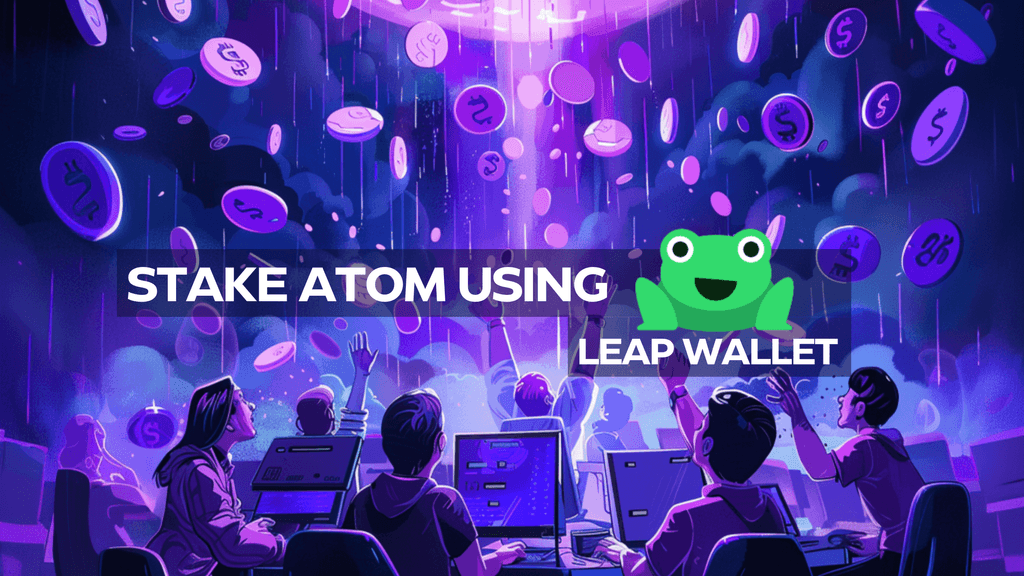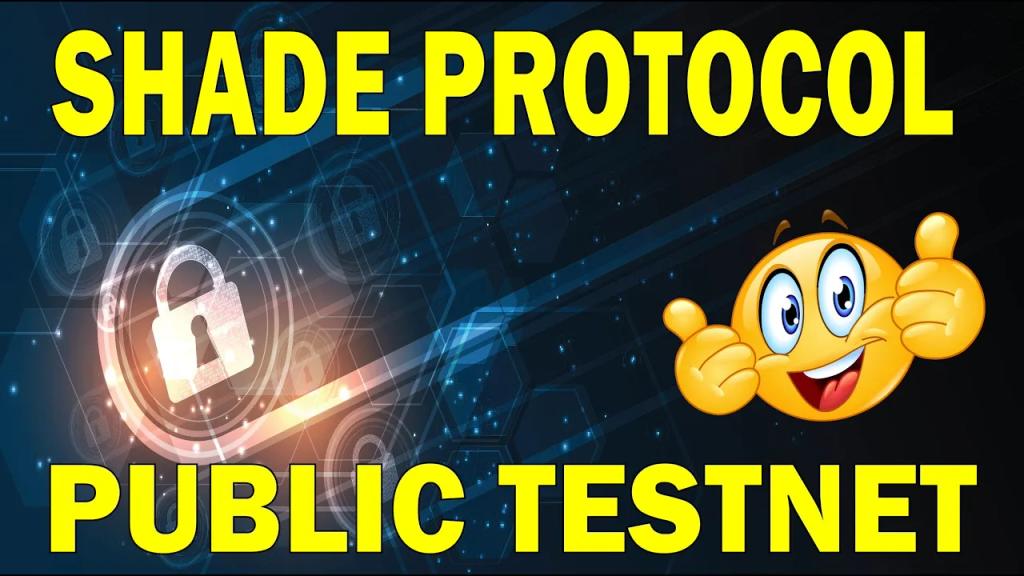Understand the economic architecture of Shade and how it creates a river of value accrual for users.
ICI’s AI generated summary:
- Shade Protocol allows token ownership with value accrual.
- The protocol solves the problem of providing value accrual mechanism for token ownership.
- The value proposition of the token lies in the value flow of the Shade Protocol.
- DeFi protocols prioritize high token emissions for user adoption.
- DEXes assume that high APR offering our native token will attract users.
- Protocols defer treating their token as valuable today in hopes of future high value.
- Shade Protocol aims to revolutionize DeFi economics.
- Meta engine creates a comprehensive interconnected financial ecosystem.
- The ecosystem is designed to hold and preserve value for the Shade token.
- Shade Protocol creates an efficient system of energy creation and distribution.
- Meta-engine functions like a combustion engine, requiring initial pressure and efficient energy transfer.
- Cohesive apps create a flow of value back to the protocol, enhancing efficiency.
- Shade Protocol ensures self-sustaining DeFi economics.
- Protocol-owned liquidity serves as the balance sheet for Shade, increasing its value.
- Token buybacks and burns are carried out by the Dow to hold or burn Shade.
- Shade Protocol offers unique DeFi solutions
- Shade Protocol includes liquid staking derivatives and liquidity provision on Shade Swap
- Meta Engine operates with different principles, such as no new tokens per application and expanding the breadth of apps
- Revolutionizing DeFi economics with Shade Protocol
- Deeper and wider river to bring value back to the protocol and Shade token
- Expanding app breadth, increasing utility, fees, and security
- Shade Protocol creates a sustainable DeFi ecosystem.
- Meta engine focuses on creating a closed-loop ecosystem tied to user demand for DeFi products.
- Shade Protocol aims to become a platform for key financial apps in a demand-driven self-sustaining fashion.





